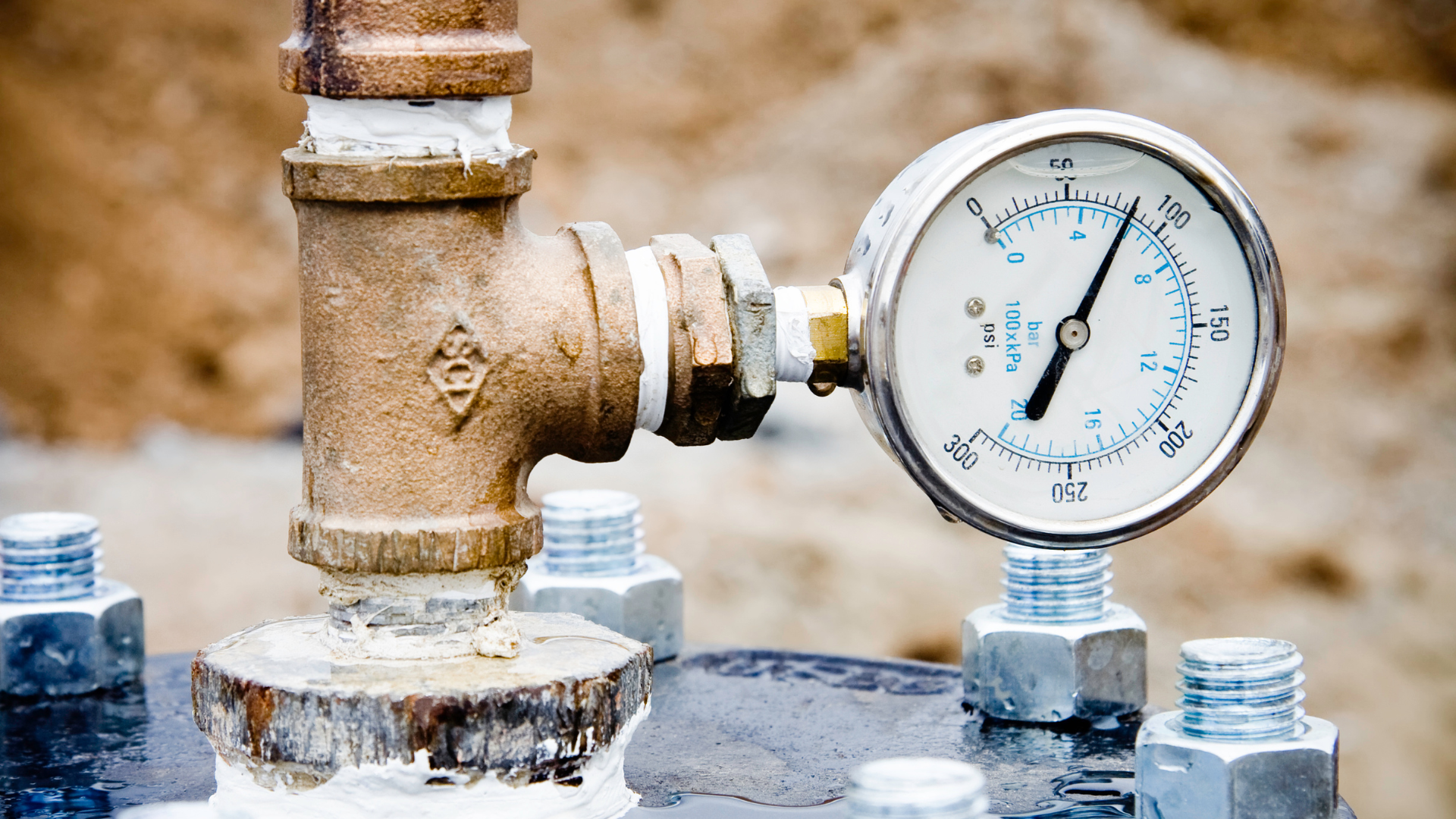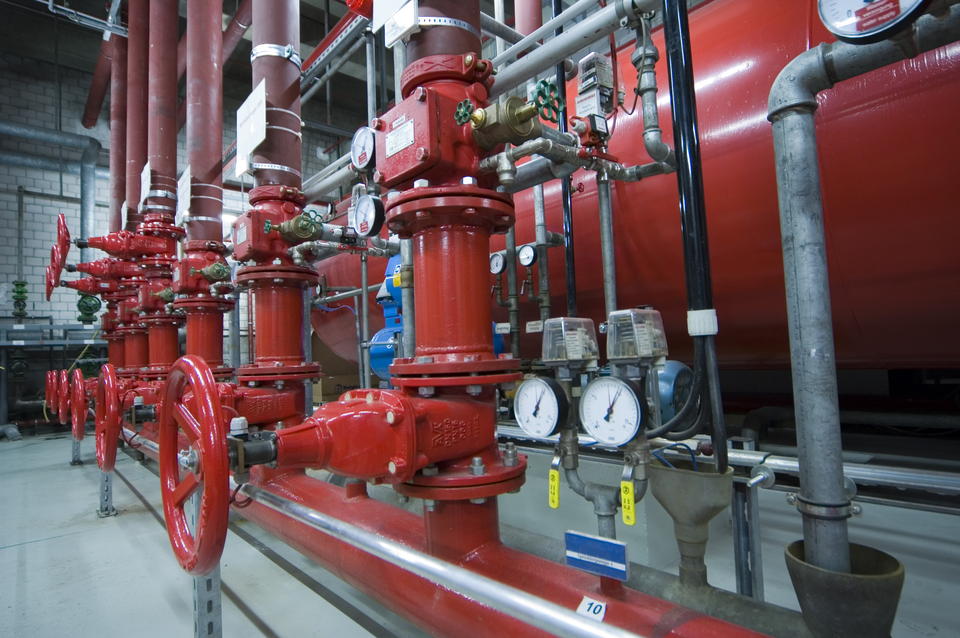Ways to Resolve Low Water Pressure in Your Home
Ways to Resolve Low Water Pressure in Your Home
Blog Article
We have found this post about 9 Reasons for Low Water Pressure in Your House listed below on the web and concluded it made sense to quickly share it with you here.

Low water pressure in your house can be an aggravating trouble, affecting everything from showering to cleaning recipes. If you're experiencing weak water circulation, there are numerous feasible causes and services to explore. In this overview, we'll review typical reasons for low tide pressure and useful actions to resolve the concern properly.
Introduction to Low Water Stress
Low tide pressure happens when the flow of water from your faucets, showers, and other fixtures is weaker than typical. This can make day-to-day tasks a lot more challenging and less effective. Recognizing the root causes of low tide stress is important to finding the best option.
Typical Sources Of Low Tide Stress
Pipe Obstructions
Gradually, pipes can become obstructed with natural resource, debris, or particles, restricting the flow of water. This is an usual problem in older homes with galvanized steel pipelines.
Rust
Rust within pipelines can result in leakages and lowered water stress. Rust buildup can constrict water circulation, particularly in maturing plumbing systems.
Faulty Stress Regulators
Stress regulatory authorities are in charge of preserving regular water stress in your home. If they malfunction, it can lead to low water stress or irregular circulation throughout the house.
Community Water Supply Issues
Often, the issue exists outside your home. Local water issues, such as main line leakages or maintenance job, can temporarily lower water stress in your location.
How to Identify Low Water Stress
Checking Taps and Components
Start by checking the water pressure at different taps and components throughout your home. If the problem is separated to particular locations, it may indicate local problems.
Checking Pipelines
Check visible pipelines for signs of leakages, deterioration, or blockages. Take note of any type of unusual audios, such as knocking or rattling pipelines, which can suggest problems within the plumbing system.
Consulting with a Plumber
If you're incapable to determine the reason for low tide pressure, think about working with an expert plumber to perform an extensive assessment. They can recognize underlying problems and advise appropriate solutions.
Do It Yourself Solutions to Deal With Low Water Stress
Cleaning Aerators and Showerheads
Natural resources can build up in aerators and showerheads, minimizing water circulation. Eliminate and cleanse these components routinely to enhance water stress.
Flushing Hot Water Heater
Debris build-up in the hot water heater can limit circulation and lower effectiveness. Purging the container occasionally helps get rid of sediment and preserve optimum performance.
Examining Stress Regulatory Authority
Make sure that the pressure regulatory authority is operating appropriately. Adjusting or changing the regulatory authority can aid recover correct water pressure throughout your home.
Clearing Clogs in Pipes
For minor obstructions, attempt using a plumbing serpent or chemical drain cleaner to clear blockages in pipes. Beware when using chemicals and adhere to security standards.
When to Call a Specialist Plumber
If do it yourself initiatives fail to settle the problem or if you think considerable plumbing problems, it's best to look for support from a licensed plumber. They have the know-how and devices to address complicated problems securely and efficiently.
Safety Nets to Maintain Water Stress
Regular Maintenance
Set up regular maintenance for your plumbing system to prevent concerns such as rust, leakages, and obstructions. Dealing with minor issues early can assist prevent more considerable repair services later.
Setting Up a Stress Booster
Consider installing a pressure booster pump to enhance water stress in areas with regularly low flow. This can be especially useful for multi-story homes or residential properties with high-demand fixtures.
Tracking Water Usage
Be mindful of water usage routines and prevent ill-using the plumbing system. Simple changes, such as incredible showers and washing loads, can aid keep ample water stress.
Final thought
Handling low water stress can be discouraging, but recognizing the underlying causes and executing ideal solutions can bring back optimum flow throughout your home. Whether it's cleaning up aerators, evaluating pipes, or consulting with a plumber, taking positive steps can guarantee a steady supply of water for your day-to-day demands.
FOUR WAYS TO FIX LOW WATER PRESSURE NOW
Turning on a shower or faucet only to find the water comes out in a sad, slow drizzle is never a good feeling. How exactly are you supposed to wash a pan or take a quick shower when it takes 10 minutes just to rinse off a little soap? The good news is that when your water pressure is bad, there's always a cause: typically one that can be easily fixed. Here are some of the most common causes of low pressure and what you can do to fix the issue:
DEBRIS AND MINERAL DEPOSIT BUILDUPS
If you notice low water pressure from just one or two of the fixtures in your house, the problem likely has to do with debris buildup. Water is full of minerals and other debris, all of which can accumulate in your pipes and on your fixtures. This can cause a blockage that affects how much water flows through. To fix this, try filling a small plastic bag with white vinegar, and use a rubber band to hang it around your showerhead or faucet. Let the head of the fixture soak for a few hours, and the vinegar should loosen the deposits.
WATER LEAKS
Leaks are another common cause of low water pressure. If water is flowing out of your plumbing through a hole or crack before it can reach your fixture, the pressure coming out of the faucet or showerhead will be lower. A plumbing professional is your best bet for finding and repairing a leak in your water supply pipes.
Leaks are another common cause of low water pressure. If water is flowing out of your plumbing through a hole or crack before it can reach your fixture, the pressure coming out of the faucet or showerhead will be lower. A plumbing professional is your best bet for finding and repairing a leak in your water supply pipes.
FOUR WAYS TO FIX LOW WATER PRESSURE NOW
Turning on a shower or faucet only to find the water comes out in a sad, slow drizzle is never a good feeling. How exactly are you supposed to wash a pan or take a quick shower when it takes 10 minutes just to rinse off a little soap? The good news is that when your water pressure is bad, there's always a cause: typically one that can be easily fixed. Here are some of the most common causes of low pressure and what you can do to fix the issue:
DEBRIS AND MINERAL DEPOSIT BUILDUPS
If you notice low water pressure from just one or two of the fixtures in your house, the problem likely has to do with debris buildup. Water is full of minerals and other debris, all of which can accumulate in your pipes and on your fixtures. This can cause a blockage that affects how much water flows through. To fix this, try filling a small plastic bag with white vinegar, and use a rubber band to hang it around your showerhead or faucet. Let the head of the fixture soak for a few hours, and the vinegar should loosen the deposits.
WATER LEAKS
Leaks are another common cause of low water pressure. If water is flowing out of your plumbing through a hole or crack before it can reach your fixture, the pressure coming out of the faucet or showerhead will be lower. A plumbing professional is your best bet for finding and repairing a leak in your water supply pipes.
Leaks are another common cause of low water pressure. If water is flowing out of your plumbing through a hole or crack before it can reach your fixture, the pressure coming out of the faucet or showerhead will be lower. A plumbing professional is your best bet for finding and repairing a leak in your water supply pipes.
A VALVE ISSUE
If you have low water pressure throughout your home, check your main shut-off valve to make sure it's completely open. You may also want to see if there's a pressure-reducing valve installed. If there is, have a plumber help you adjust the settings to get the pressure you're looking for.
OTHERS USING WATER
Believe it or not, your low water pressure could be caused by your neighbors. If you notice low pressure at certain times of day, it may be because you and the people living next to you have similar schedules - when everyone is showering at the same time, the pressure will be lower in every home. Low pressure throughout the neighborhood may also be caused by an issue with your municipal water supply. If that's the case, call the supplier to see if they're working on the issue.
https://www.rotorooter.com/blog/water-leaking/low-water-pressure-fixes/

I'm very focused on and I really hope you appreciated the entire page. Sharing is caring. You won't know, you might be helping someone out. Thank you for your time. Don't forget to check up our site back soon.
Course Detail Report this page